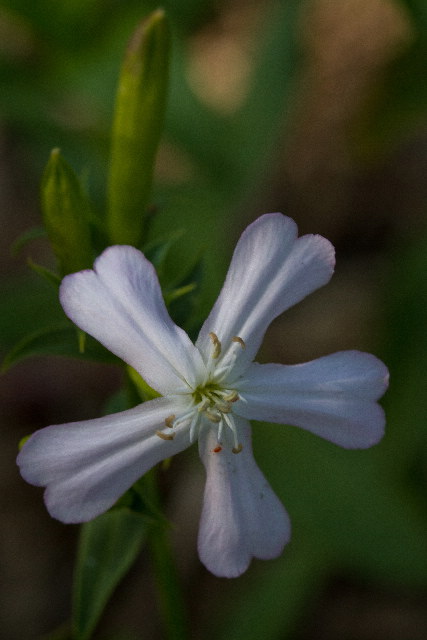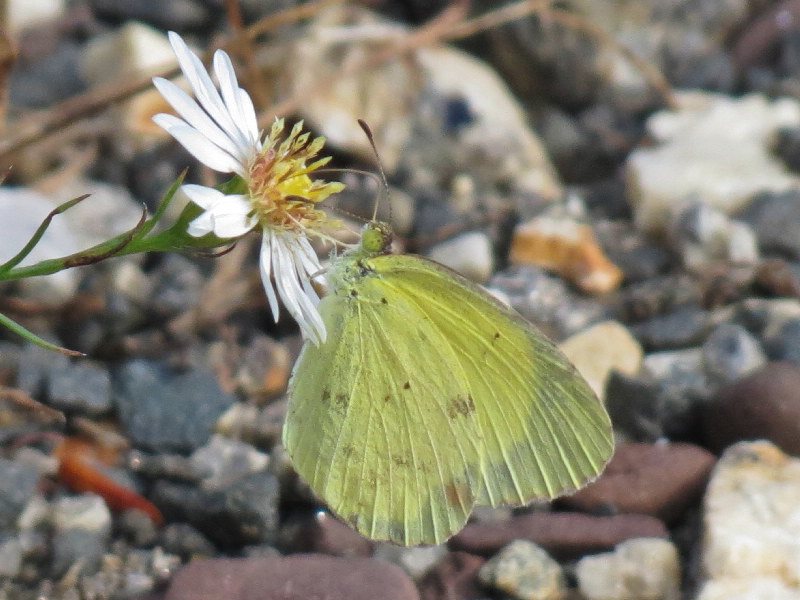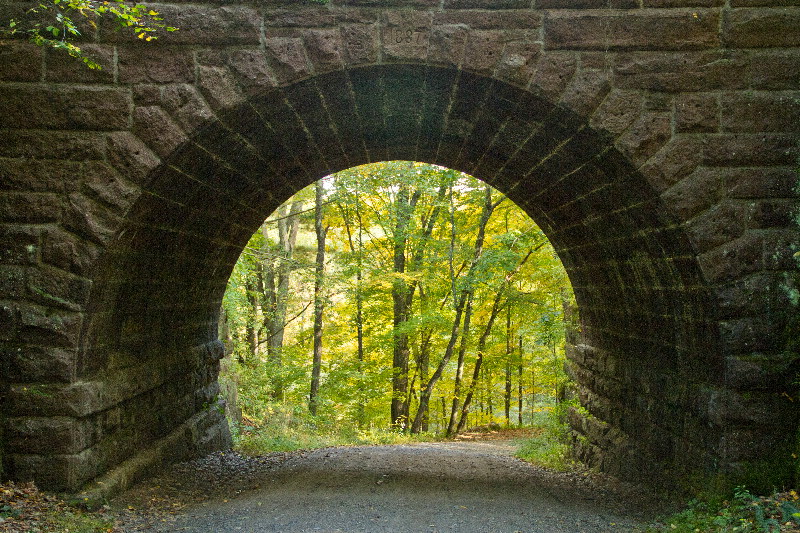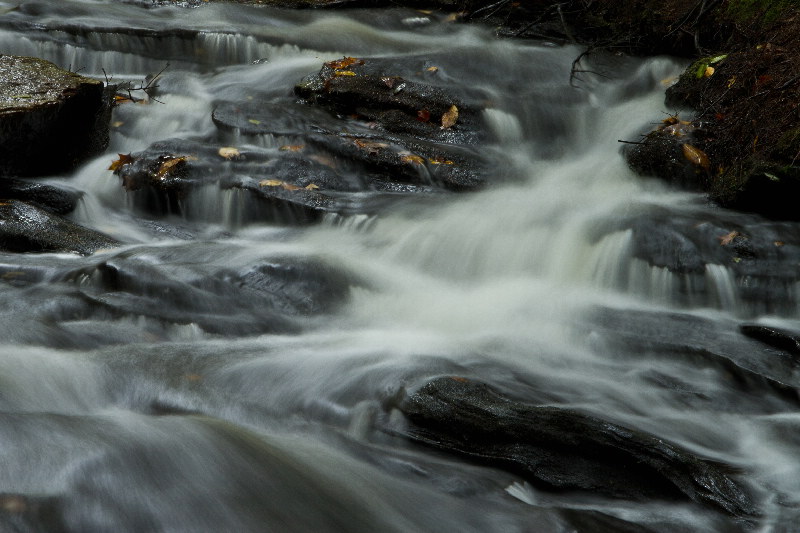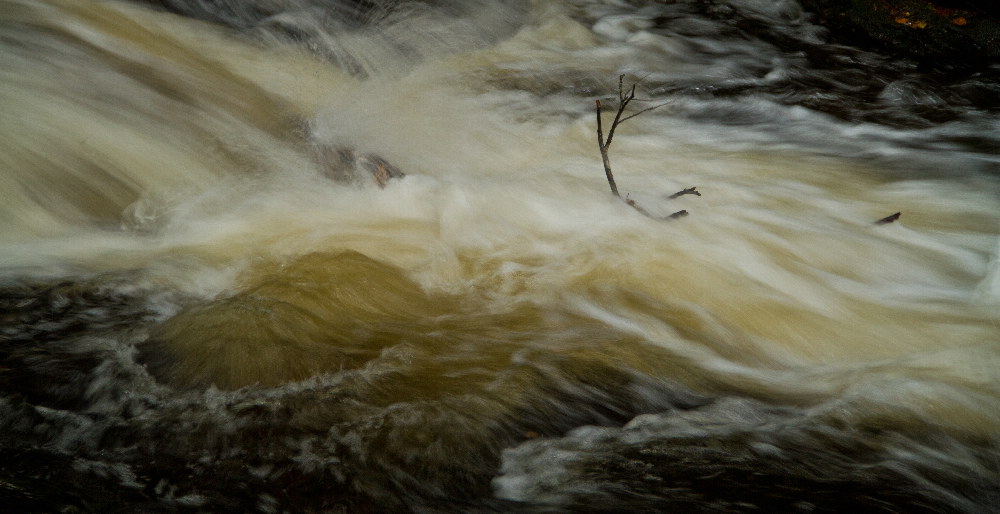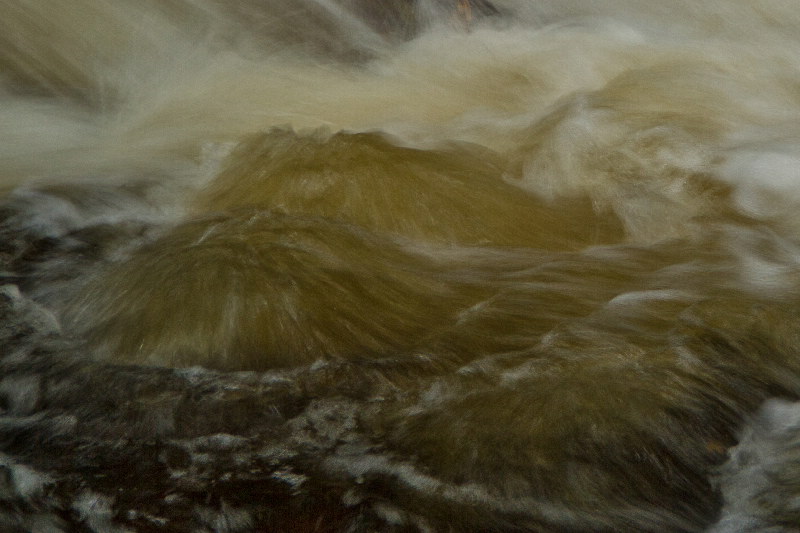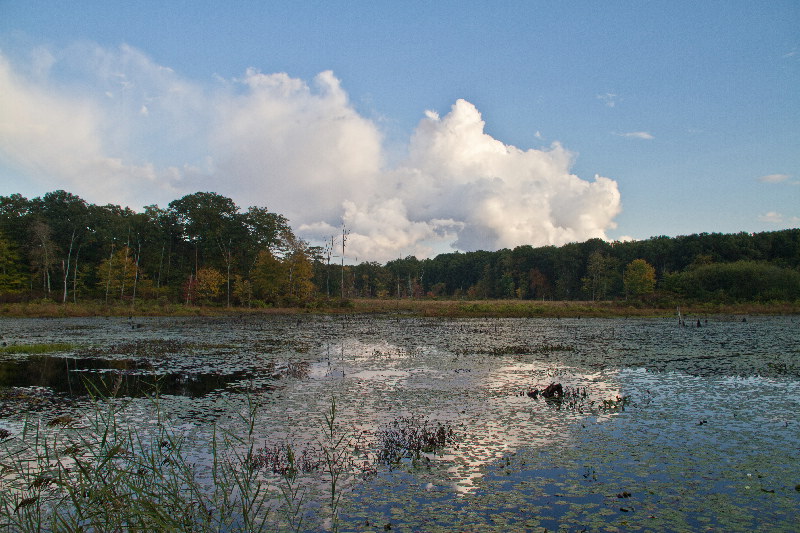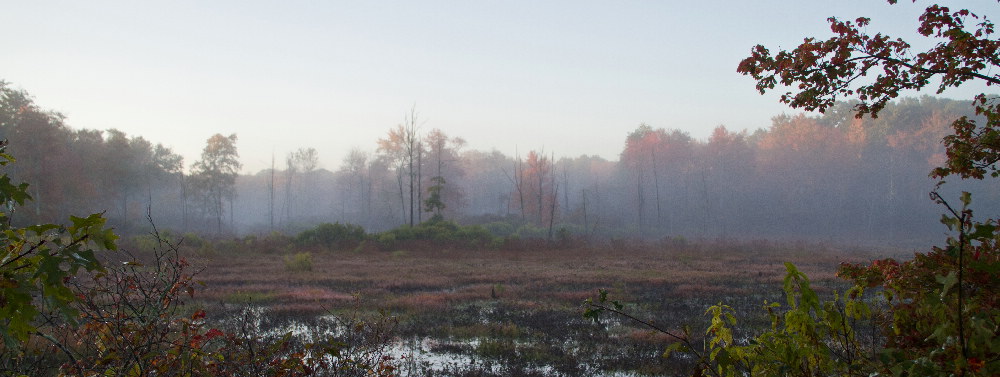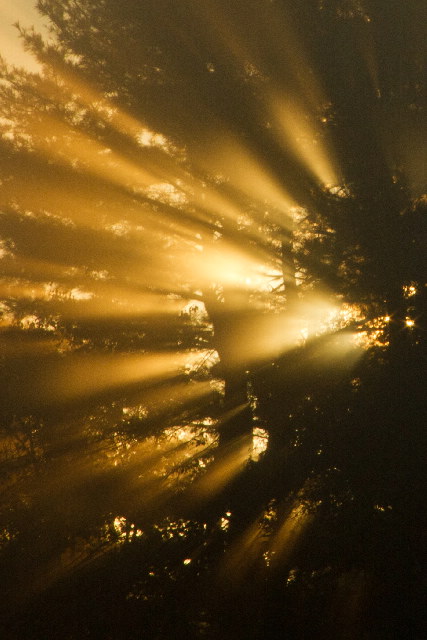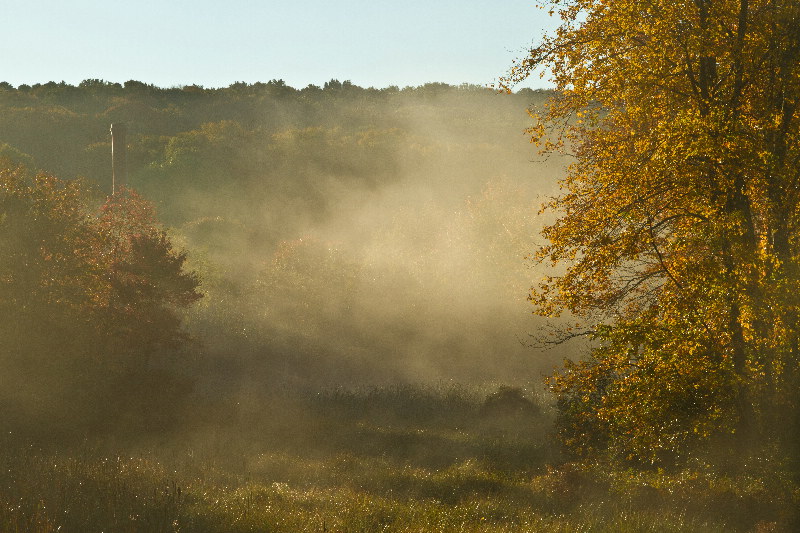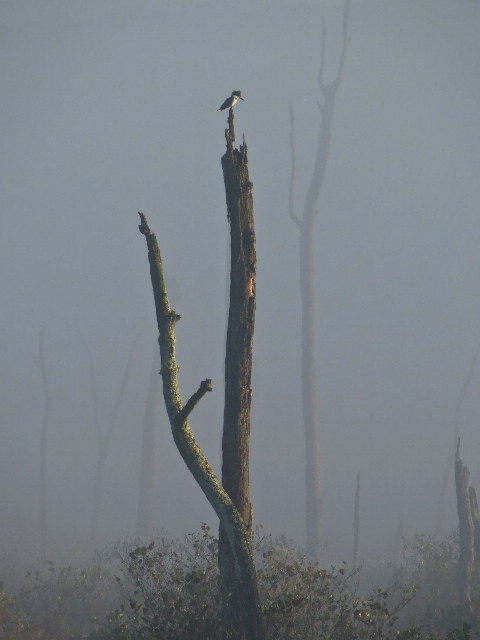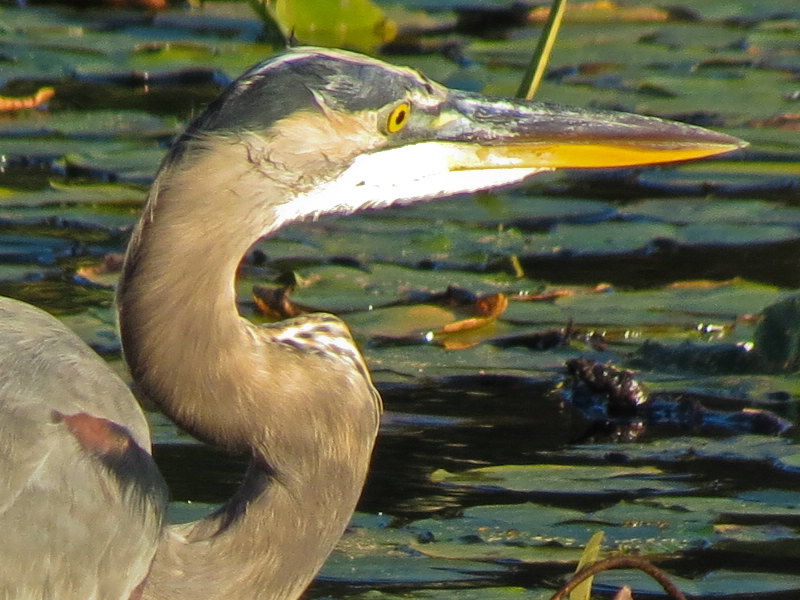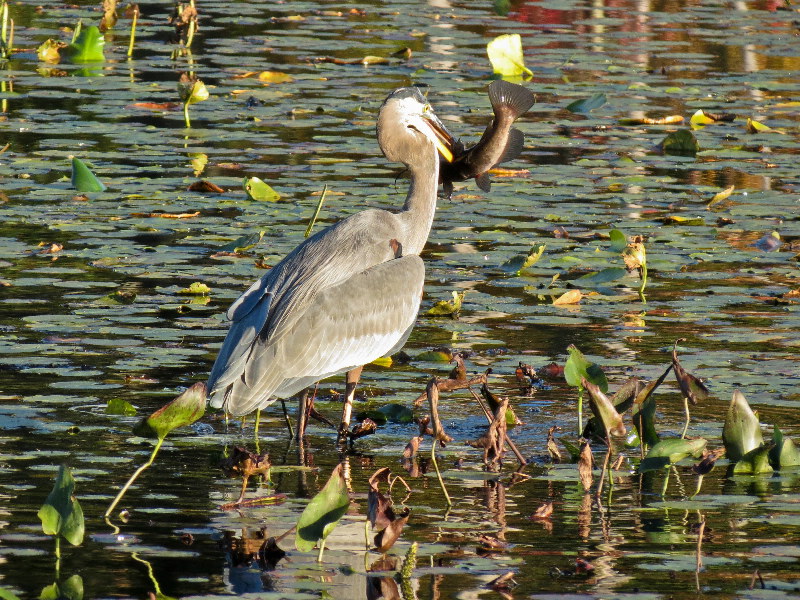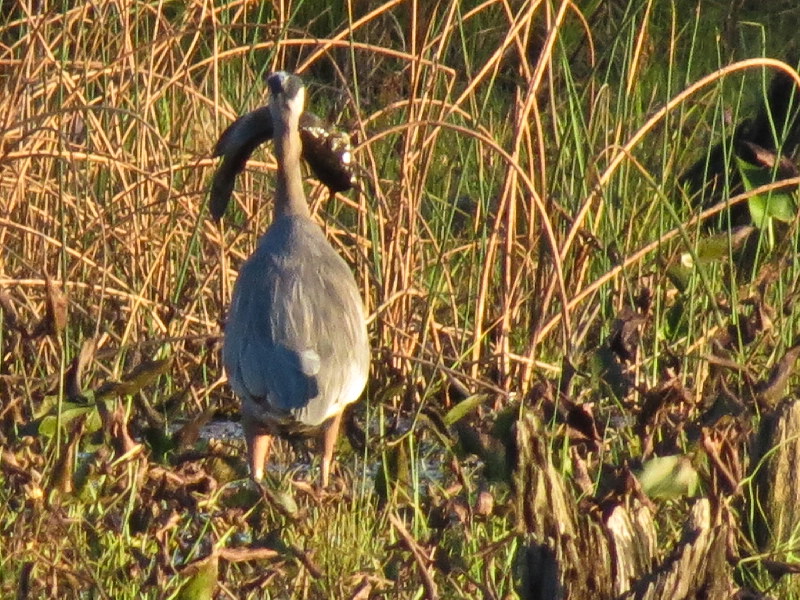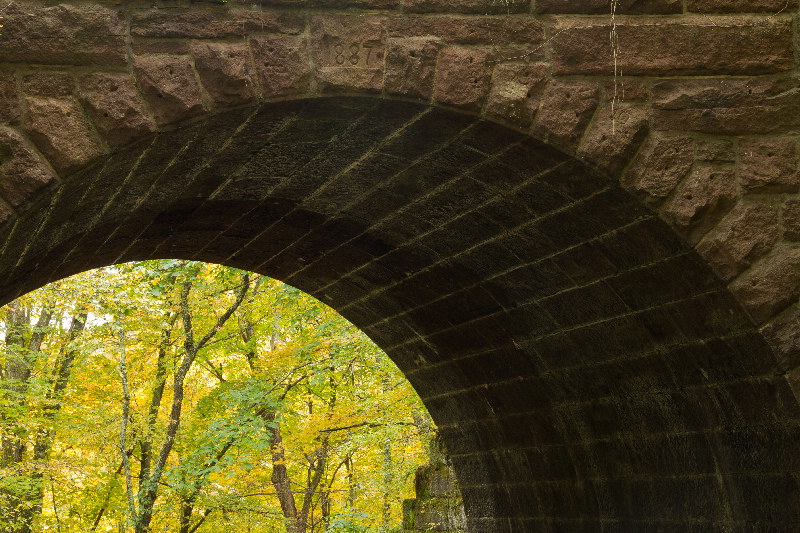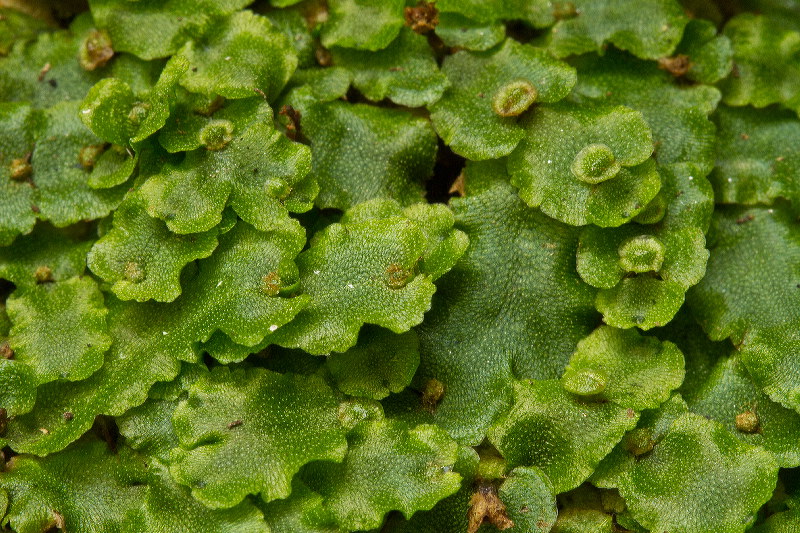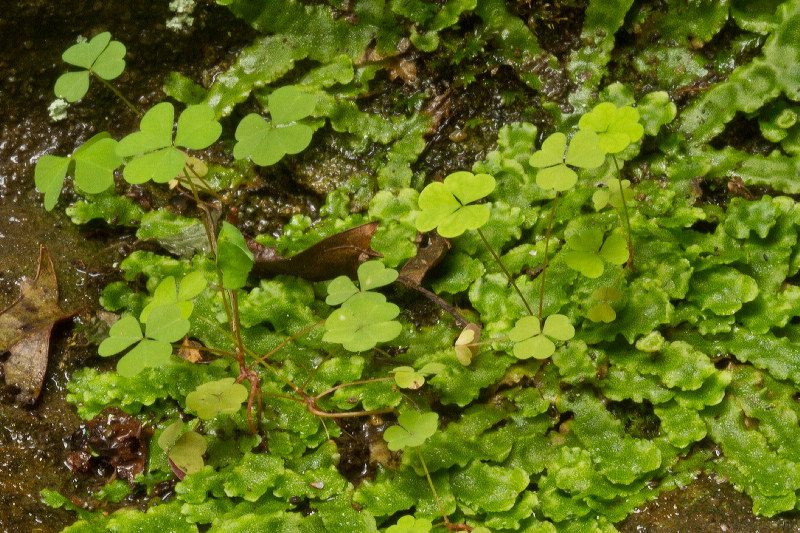Along the Air Line... 2012 - Fall, Part 2 The Air Line Trail in Eastern Connecticut - Stan Malcolm Photos |
mHome Page Stan's FlickR Albums |
September 27th. Morrow's Honeysuckle (Lonicera morowii) in bloom at the Bull Hill Road trail head. |
This is what it typically looks like at this time of year. |
A few lingering blossoms on Bouncing Bet (Saponaria officinalis). |
I don't often pay attention to sulphur butterflies but this one was way smaller than the common ones... so I tracked it for well over 100 yards before it finally settled. I was atop the Lyman Viaduct near the border between Colchester and East Hampton. High above the surrounding forest, the surface there is trap rock, fine gravel, and sandy soil. Dry, and a place where I've seen velvet ants. One of the few plants that does well there is Sand Jointweed (Polygonella articulata) - http://www.ct-botanical-society.org/galleries/polygonellaarti.html. This habitat is unlike anyplace else along the trail. |
|
Next stop, the brownstone bridge over River Road in Colchester. |
I'll have to return in a week or two when the fall colors reach their peak. |
|
|
September 28th. Grayville Falls after some rain. |
|
|
September 29th. Grayville Falls after a night of more rain. |
|
|
|
|
|
|
|
|
|
|
September 30th. Nifty clouds after a thunderstorm passed through. |
|
|
|
|
|
Two Wood Ducks flew in, calling. |
|
|
|
October 1st. Fortyfive degrees and a bit foggy just as the sun first touched the marsh. |
Treetops lit; light fog below. |
One calling Canada Goose (Branta canadensis) in the fog. |
Sunshine! |
|
|
|
See the Belted Kingfisher? (Ceryle alcyon) |
Same bird, same perch. |
New perch, a bit closer. |
|
Late afternoon. I stopped to watch a Great Blue Heron, patiently waiting for its supper to swim into range. |
|
See how its eye is angled forward and down, allowing excellent binocular vision for pinpointing prey. |
While I waited (patiently), a White-tailed Deer doe walked by far across the marsh. |
Spotted something at last. |
The plunge! |
Got it! A large Catfish. |
A short flight to shallower water where it could soften the fish up to be swallowed. Note how the heron's beak is stabbed right through the fish. |
The heron has to pulverize the fish before attempting to swallow it. It's really quite violent. This is an 18 minute video at the end of which, the fish still hasn't been swallowed. For most viewers, a couple of minutes will be suffiecient to get the idea. Handheld at 1000mm plus so please excuse the shakes. (I snipped out the worst of them.) Also, please excuse the walkers, talkers, joggers, and riders going by behind me. They didn't distract the heron. |
Eventually, the heron flew way across the marsh to continue struggling to pulverize and swallow the fish. |
After watching the heron for half an hour, the sun was quite low and gave off a wonderful warm glow. |
October 2nd. More experiments with lighting at the Brownstone Bridge over River Road. Still hoping for better fall color. |
|
|
|
|
The damp shaded portions of the brownstone support Liverworts (Marchantia sp.), simple plants which lack roots. Most of the plant consists of a flattened thallus. In this photo, the small flattened disks sticking up from the thallus are gemmae cups, a means of asexual reproduction. |
|
Oxalis "trees" in a field of Marchantia. Both plants are often found vin damp greenhouses. |


